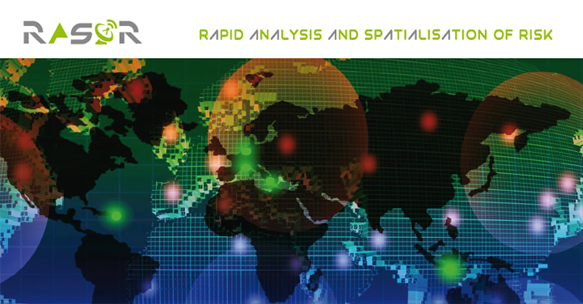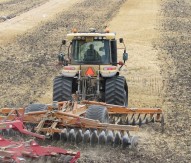
Profile: Rapid risk response
The Rapid Analysis and Spatialisation and Of Risk (RASOR) project will develop a platform to perform multi-hazard risk analysis to support the full cycle of disaster management, including targeted support to critical infrastructure monitoring and climate change impact assessment, exploiting internally produced and available services.
Over the past decades, there has been a dramatic rise in disasters and their impact on human populations. Rapid climate change has brought changing weather patterns, making risks increasingly challenging to predict and changing the ways in which hazards interact with each other. Europe’s Copernicus/Global Monitoring for Environment and Security (COPERNICUS/GMES) programme is implementing a number of services related to climate change and to emergency management. In this last arena, COPERNICUS/GMES now offers both rush and non-rush operational mapping products for authorised users on a global basis. There is to date, however, no tool to integrate these diverse products and existing background data into a single work environment that supports the generation of new risk information.
RASOR adapts the newly developed 12m resolution TanDEM-X Digital Elevation Model to risk management applications, using it as a base layer to interrogate data sets and develop specific disaster scenarios. RASOR overlays archived and near real-time, very-high resolution optical and radar satellite data, combined with in situ data for both global and local applications. A scenario-driven query system allows users to project situations into the future and model multi-hazard risk both before and during an event. RASOR allows managers to use real scenarios when determining new mitigation or prevention measures and integrate new, real-time data into their operational system when organising response activities.
The RASOR consortium will offer three tracks of services based on adding value through customised exploitation of the RASOR tool for risk management and insurance markets: a global risk assessment service and SME-led national and local services through innovative partnering arrangements in each national marketplace. These tracks are validated in five different geographic locations with end users and practitioners, as well as with international organisations representing different possible markets.
A number of EU-wide initiatives made headway in creating a European area in which disaster management is increasingly reliant on satellite technology inside and outside Europe. This will continue within the Horizon 2020 research programme, which foresees future investments in the same area. RASOR complements this effort with a tool for a macro-level assessment of hazards and risk to ensure that the most vulnerable communities are aware of the risks and have the compelling information to convince political decision makers to make resources available for emergency planning and preparedness.
In essence, RASOR aims to improve risk assessment for multiple risks over ‘data poor’ areas; serve as an information integrator for space-based in situ data for use at local, national and international levels; provide a robust backbone for multi-hazard, end-to-end management addressing the full disaster cycle; document risk analysis and present a compelling ‘spatialised’ view that informs mitigation decisions; and facilitate the application of space technologies to the HFA priorities.

Dr Roberto Rudari
Project Co-ordinator
Rasor Project
Centro Internazionale in Monitoraggio Ambientale – Fondazione CIMA
Italy
+39 (0)19 2302 7239




